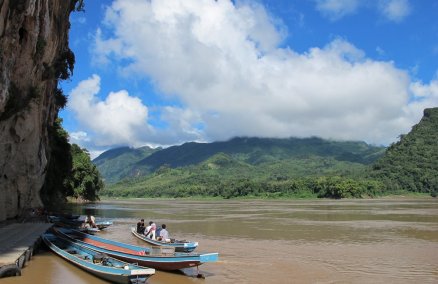EARTHQUAKES
The Close Call
The 2007 building code stipulates buildings higher than 23 meters (about 8 floors) must resist earthquakes greater than a magnitude of 5 on the Richter scale. But the law is not retroactive, so any building that received its construction permit before that date is not built to earthquake-proof standards. This year, the BMA said that 2,700 buildings were at risk. After the Mar 2011 quake in Burma (6.8 on the Richter scale), the following buildings were inspected: Sermmitr Tower, First Tower, MBK Centre, the All Seasons building, Empire Tower, Chai Tower, the Benjinda building, Shinawatra Tower III, the Thai Military Bank building and the Sun Tower building. None had been damaged.
The Case Study
One comparable scenario is the 1985 Mexico city earthquake. The epicenter was 350km away from the city—even further than the Kanchanaburi fault line is from Bangkok—yet, like Bangkok, Mexico City sits on a water-logged lake bed. There was a magnitude 8.2 quake followed by two aftershocks of magnitudes 7 and 7.5. There is dispute on the death toll, which was officially 10,000, but some experts claim up to 40,000 people died. 412 buildings collapsed and 3,124 were seriously damaged.
If the building is shaking, do this:
• Put some shoes on. It sounds silly but running around on broken glass hurts.
• Are you on the first floor? Get out and head for open ground. If you’re in an urbanized area, that means don’t stay close to buildings.
• Are you in a building? The biggest risk is a floor collapsing on you. You need to huddle under, or next to something very resistant, like a big stack of papers (seriously!).
• Avoid things that might tip over, like wardrobes.
• Don’t try to leave the building until the shaking has stopped.
• Stay calm. It sucks to survive an earthquake only to get crushed to death in a stairwell of panicked office workers.
• Don’t use elevators.
The Odds
According to the Department of Natural Resources, there are 15 active fault zones across Thailand. Most of them are in the north and west of the country. The nearest ones from Bangkok are the Sri Sawat and Three Pagodas fault zones in Kanchanaburi, which are around 240-280km away and about 200km long. Ultimately, although an earthquake of a high magnitude in Kanchanaburi would be disastrous, it is highly unlikely. Japan is located on the Ring of Fire, where the seismic activity is very high, unlike the situation here.
The Plan
In case of a disaster, the National Disaster Warning Center will alert the population through traditional media like radio and television but also through its twitter account (@BKK_BEST) and, soon, SMS. The Department of Disaster Prevention and Mitigation (who just got an B8.9 billion budget) would take operational control. Who heads the DDPM actually depends on the scale of the disaster (see right): Prime Minister for Scale 4 disasters, Minister of Interior for Scale 3, Governor for Scale 2.
1. Small Scale Disaster
Normal accidents, floods or fires that happen in a limited area in small communities or districts and can be handled by a district office.
2. Medium Scale Disaster
Disasters that cause damage which are beyond the capability of the district office but can be handled by a province’s administor
3. Large Scale Disaster
Disasters that cause damage in several areas and require support from other provinces, as well as advice from professionals and experts.
4. Maximum
Disasters with mass destruction. Several areas in the country are severely affected. PM or Deputy PM takes control.
In Case of Emergency
191
Police (crimes, emergency cases)
199
Bangkok Fire and Rescue Department (fire, accidents)
1784
Department of Disaster Prevention and Mitigation (disasters)
1555
BMA Call Center (floods, small disasters)
1669
Narenthorn Center, Emergency Medical Institute of Thailand (emergency health cases)
1646
Erawan Center, Bangkok Emergency Medical Service (emergency health cases)
1677
Ruam Duay Chuay Kan Network (emergency cases, news updates, accidents)
1182
Meteorological Department (weather forecasts)
1644
FM 91 Traffic Radio (news & event updates)
1137
FM 100 Traffic Radio (news & event updates)
1667
Department of Mental Health Hot Line (psychological consultation)

PACK THIS:
What You Need to Survive a Disaster
• Mama noodles for three days.
• Two liters of drinking water per person per day.
• A flashlight (and batteries)
• A first-aid kit.
• Your camping gear (if you have any) and clothes: wind breakers, rain coats, boots, tents, backpack, sleeping bag.
• Cash and ID in a ziplock bag.
• A radio that uses batteries. Your iPhone is not going to last very long without power.
• Emergency numbers
FLOODING
The Close Call
Bangkok’s flood walls are 2.5 meters high. In Oct 2010, the terrible flood that ravaged much of the Northeast and Central regions came dangerously close to that limit, reaching roughly 2 meters, despite Governor Sukhumband’s fears that it would reach 2.3 meters.
The Odds

Pornthep Techapaiboon, Deputy Governor of Bangkok, told BK: “Bangkok is at risk from floods from three sources: localized rain, floods from the North and rising sea levels. We have levees on the Chao Phraya River that can withstand up to 2.5 meters of water above sea level—that’s for floods coming in from the North. We’ve also completed seven giant new drainage systems, which can drain 155.5-cubic meter/sec—that’s almost four standard swimming pools emptied in one second, stretching around town from Phaya Thai to Ladprao. These drainage pipes are 20-30 meters below ground level and can drain off water from flooded areas in eastern Bangkok directly to the Gulf of Thailand. Based on past data and our budget, this is the most we can do. But irregular things can happen—and tend to happen more and more these days—so we don’t really know what we are facing in the future.”
The Plan

Again, Deputy Governor Pornthep: “There are three more giant drainage pipes to be built with the total project scheduled to be completed in 2016. Normally the amount of rainfall in Bangkok is at around 1,900mm per year while the system is designed for an amount of 2,500mm per year or 60mm per hour.”
Ironically, New Orleans’ levees were scheduled for completion by 2015. And there is also the question of rising sea levels. Pornthep says, ““In the last 10 years, around 5,000-rai of space have been eroded by higher sea levels and waves. For now, we’re working on the bamboo project. Sticks of bamboo are lined along our coast so when waves come in these sticks will retain soil, sand and mud before the water goes back to the sea. These muddy spaces will later turn into mangrove forests. Bamboo sticks can stay for around five years so for the long-term, we need to cast t-shaped concrete barriers to be dropped along the coast. The budget for this is now being finalized.”
If your home is sinking, do this:
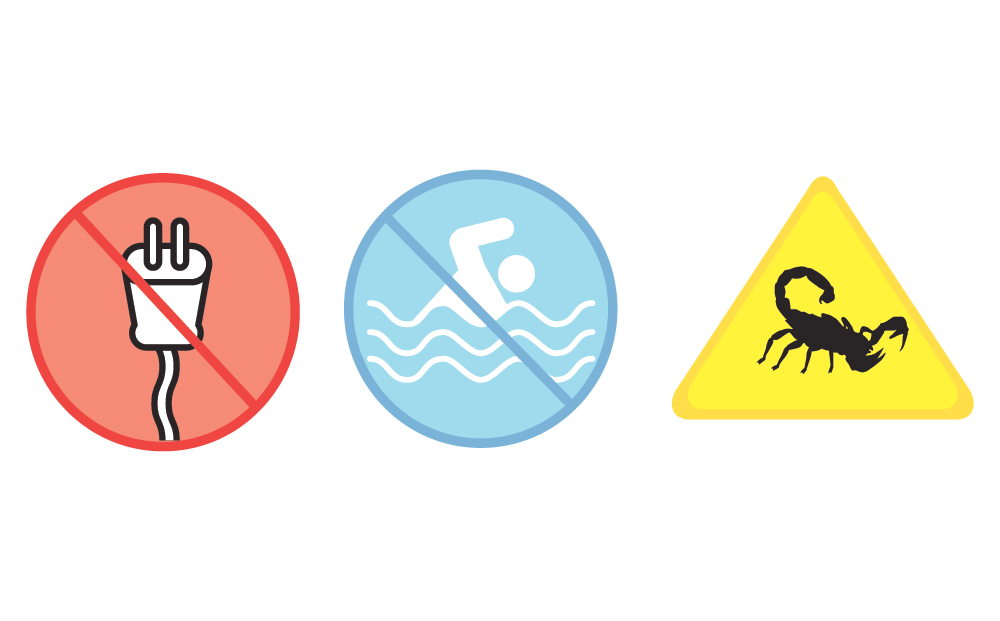
• Shut off the electricity at the main circuit breaker.
• Collect a survival kit (see box).
• Don’t drive, don’t try to escape. Just move to the top of your building.
• Avoid water. Swimming in flooded water puts you at risk of electrocution caused by damaged electric wires.
• Beware of animals like snakes or scorpions which will also try to move to dry areas.
The Case Study
In the August 2005 Hurricane Katrina, the levees protecting New Orleans broke, flooding the city with as much as 4.5 meters of water in some parts. 1,464 people died and one study estimated the total economic damage at over US$150 billion. Although caused by a hurricane, it does give some notion of what damage a massive flood in a densely urbanized area can wreak.
SIX CLASSIC APOCALYPSE FLICK
Screw Roland Emerich’s (2012, ID4, The Day After Tomorrow) relentless destruction of the world. Here are more classic options you should BitTorrent right now.
Mad Max 2: The Road Warrior (1981)
Rarely do sequels improve so dramatically on their predecessor but Mad Max 2 defined the gritty post-apocalyptic future for generations to come. And guess what, the future looks a lot like Pirates of the Caribbean without the water or the kid-friendly rating.
La Jetée (1962)
The inspiration for the 1995 film Twelve Monkeys is a slideshow of black and white pictures showing a terrifying post-apocapytic underground world. The most gripping, arresting, unnerving slideshow in the history of slideshows. (And they didn’t even have Powerpoint back in 1962.)
Dawn of the Dead (1979)
Long before 28 Days Later brought the prospect of a world dominated by zombies to a kind of almost medical hyper-realism, zombies were just riotous symbols of punk anti-consumerism. If you were stuck in your condo during the May 2010 protests, you’ll probably relate to this one.
Dr. Strangelove (1964)
In the sixties, there was no HIV or global warming, but there was the constant threat of instant and utter annihilation. It took Stanley Kubrick’s madcap movie to really expose how “Mutual Assured Destruction” (MAD) was not a very inspiring guarantee for world peace.
Planet of the Apes (1968)
It takes this movie’s final shot to realize that it isn’t about interplanetary travel but is actually about time travel, to a future where apes rule men. A huge cinema classic, we can’t help but see it as a vestige of sixties America, where white men fear they may no longer be the country’s ruling class.
BK ASKS: If you had to abandon your home, which object would you take with you?

Suwanna Julpansak, 21, design student
I would grab my fake-eyelashes collection. I just couldn’t live without them for they bring me confidence in any situation.

Warat Tongbunsing, 23, student
A stuffed-Snoopy that the girl who lived next door gave me when I was a kid. I’ve been hugging it every night and it would feel weird not having it around.

Wanna Tipphitakchoke, 59, housewife
A photo album of my around-the-world trip with my brother in 1973. We went to India through Israel, Turkey, Iran and all the way to America. We stayed only one night in each country. It was darn tiring.
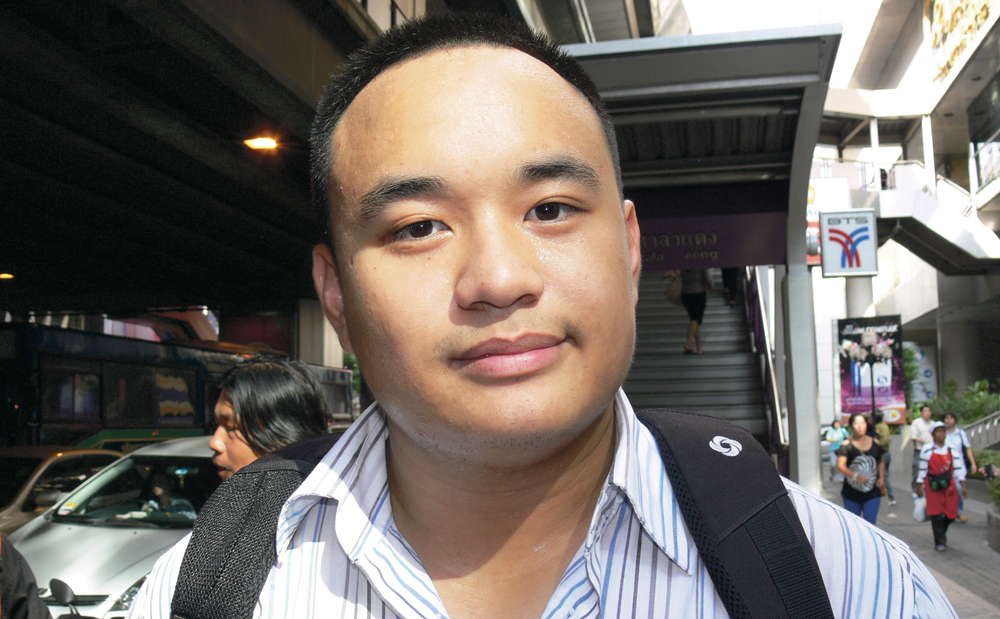
Decha Pongpundecha, 27, industrial designer
My first car sketch of a BMW series 3. I would keep it with me and when everything is gone, I’d put the sketch in a museum so that the next generation could know what a cool car looks like.
Q&A: Design for Disaster
 Noppadon Tueksuban, architect, university professor and co-founder of Design for Disasters
Noppadon Tueksuban, architect, university professor and co-founder of Design for Disasters
What is Design for Disasters?
It’s a group of architects, professors and others who are aware that disasters are a big issue. We want to warn the masses about this risk and we’ve started with students.
What’s worse, floods or earthquakes?
Look at Hat Yai. When it was flooded last year, people had no electricity, fuel, and clean water. We really need proper emergency life-sustaining systems to secure these supplies even when everything shuts down. For earthquakes, high-rises are designed to resist strong winds, which is similar to earthquakes. Low-rise condos are actually more at risk.
What should we do?
We need a community building that could host displaced people for a few days. The building should be a building that can produce its own electricity, water supply, grow food and stock supplies. I am also designing a house that could float when submerged.
Should we be scared?
We should be worried about disasters but we shouldn’t be panic. Planning is the most important factor that would help everyone survive. People will die from disasters if we don’t study them, behave like know-it-alls and no one cooperates
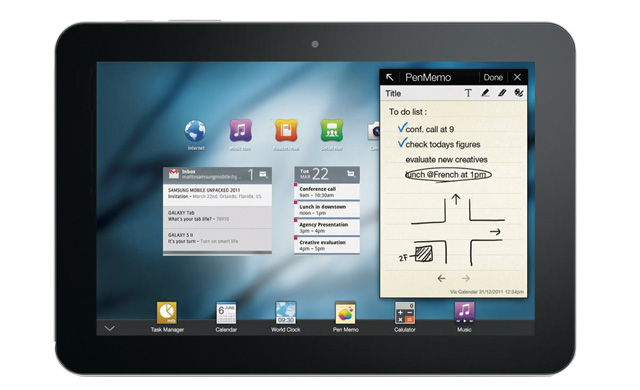 Samsung Galaxy Tab II
Samsung Galaxy Tab II LG Optimus Tab 3D
LG Optimus Tab 3D 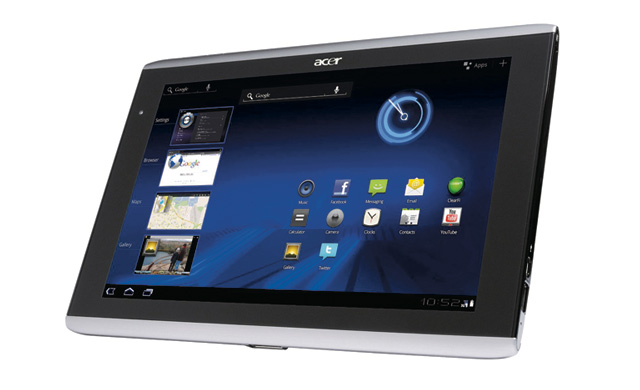 Acer Iconia Tab A500
Acer Iconia Tab A500  Motorola Xoom
Motorola Xoom 









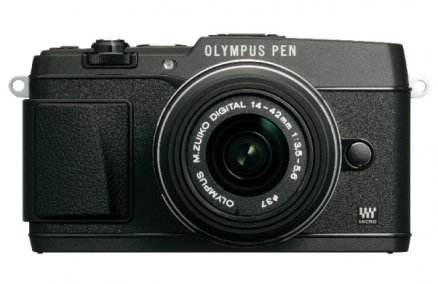
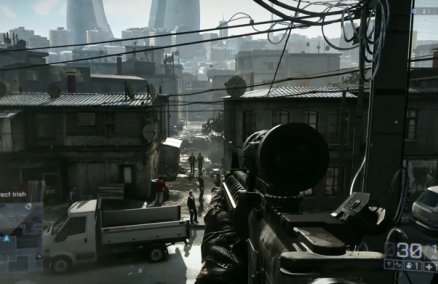
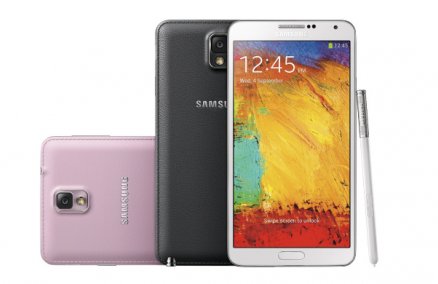



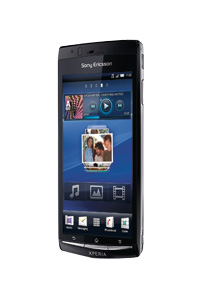 SONY ERICSSON XPERIA ARC
SONY ERICSSON XPERIA ARC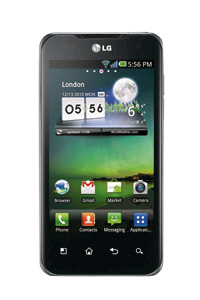 LG OPTIMUS 2X
LG OPTIMUS 2X SAMSUNG GALAXY S II
SAMSUNG GALAXY S II MOTOROLA DEFY
MOTOROLA DEFY NEXUS S
NEXUS S










 Noppadon Tueksuban, architect, university professor and co-founder of Design for Disasters
Noppadon Tueksuban, architect, university professor and co-founder of Design for Disasters




